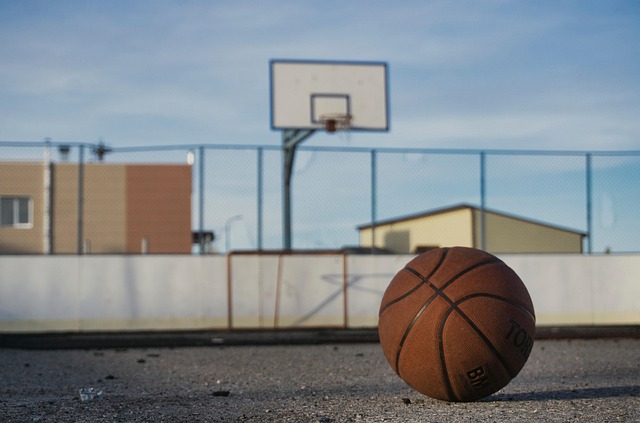For generations, playgrounds have been synonymous with childhood education, symbolizing physical growth and holistic development. But the National Education Policy (NEP) 2020 brings a fresh perspective—reimagining the role of physical spaces in education. While play remains vital, the NEP shifts the focus toward learning outcomes, critical thinking, and skill-building, redefining what a truly effective school environment looks like.
Playgrounds: From Essential to Optional
The traditional belief that sprawling playgrounds are non-negotiable for a school’s success is being questioned:
- Are large open spaces a necessity for skill development?
- Can purpose-driven activities replace conventional physical infrastructure?
The NEP prioritizes learning with purpose over visual grandeur. Physical activity remains integral, but its value is not tied to acres of grass. Schools are now encouraged to integrate structured play and innovative activities into smaller, multi-use spaces, ensuring learning and physical development coexist.
Reimagining Physical Activity
The NEP doesn’t eliminate play—it redefines it:
- Play with Intent: Instead of unstructured play on sprawling fields, students engage in activities that build teamwork, leadership, and resilience within limited spaces.
- Versatile Spaces: Indoor courts, modular setups, and creative PE programs maximize small areas, proving that physical education can happen anywhere.
- Mind-Body Balance: By integrating physical movement into academics—through activities like brain breaksor kinesthetic learning—students experience the benefits of play without relying solely on traditional playgrounds.
The message is clear: It’s not about where students play, but how they grow.
Urban Schools: Doing More With Less
In India’s urban centers, where space is at a premium, large playgrounds are increasingly impractical. Under the NEP’s vision, schools can now focus on:
- Skill-based activities that teach collaboration, focus, and discipline within smaller, multi-functional spaces.
- Leveraging technology-driven physical education—from virtual simulations to AI-led fitness programs—that provide engaging alternatives to traditional outdoor play.
- Shifting the conversation from quantity of space to quality of development.
These urban innovations challenge the outdated belief that “bigger is better.”
Rural Schools: Leading With Resourcefulness
In rural India, where playgrounds may be limited, schools have long demonstrated that intent trumps infrastructure:
- Physical creativity: Students use open spaces, classrooms, or even community grounds for physical education.
- Focus on fundamentals: Holistic education thrives not because of facilities, but because of dedicated teaching and strong academics.
Rural schools embody the NEP’s spirit—success doesn’t rely on physical infrastructure but on resourcefulness and purpose-driven teaching.
Balancing Academics and Play
While the NEP emphasizes learning outcomes, it does not disregard play—it integrates it with academics:
- Physical Education as a Life Skill: Sports are redefined to teach values like teamwork, leadership, and discipline.
- A Blended Model: Schools are encouraged to balance academics, arts, and play to create well-rounded students.
- Practical Play: Schools can design structured programs within smaller spaces without compromising on physical fitness or holistic development.
Playgrounds may shrink, but opportunities for growth expand when schools focus on intent, innovation, and impact.
What Parents Need to Understand
In this new education landscape, parents must ask:
- Is the school fostering skills, curiosity, and critical thinking?
- Does the physical activity program emphasize purpose over prestige?
- How well does the school integrate play with academic growth?
A vast field doesn’t guarantee success—a balanced approach to academics and purposeful play does.
The NEP Vision: Quality Over Size
The NEP redefines playgrounds as tools for growth, not trophies for show. Schools now prioritize:
- Innovative use of space for physical activity.
- Academic excellence as the foundation of success.
- Skill-driven education that prepares students for the real world.
Final Takeaway
In India’s NEP-driven era, the role of playgrounds is no longer about scale but about substance. A smaller playground with well-designed programs can shape sharper minds and healthier bodies than an empty, underutilized field.
Play remains essential, but it’s learning outcomes—not land—that define success.
The future belongs to schools that create thinkers and leaders, not just runners on a field.


Leave a Reply